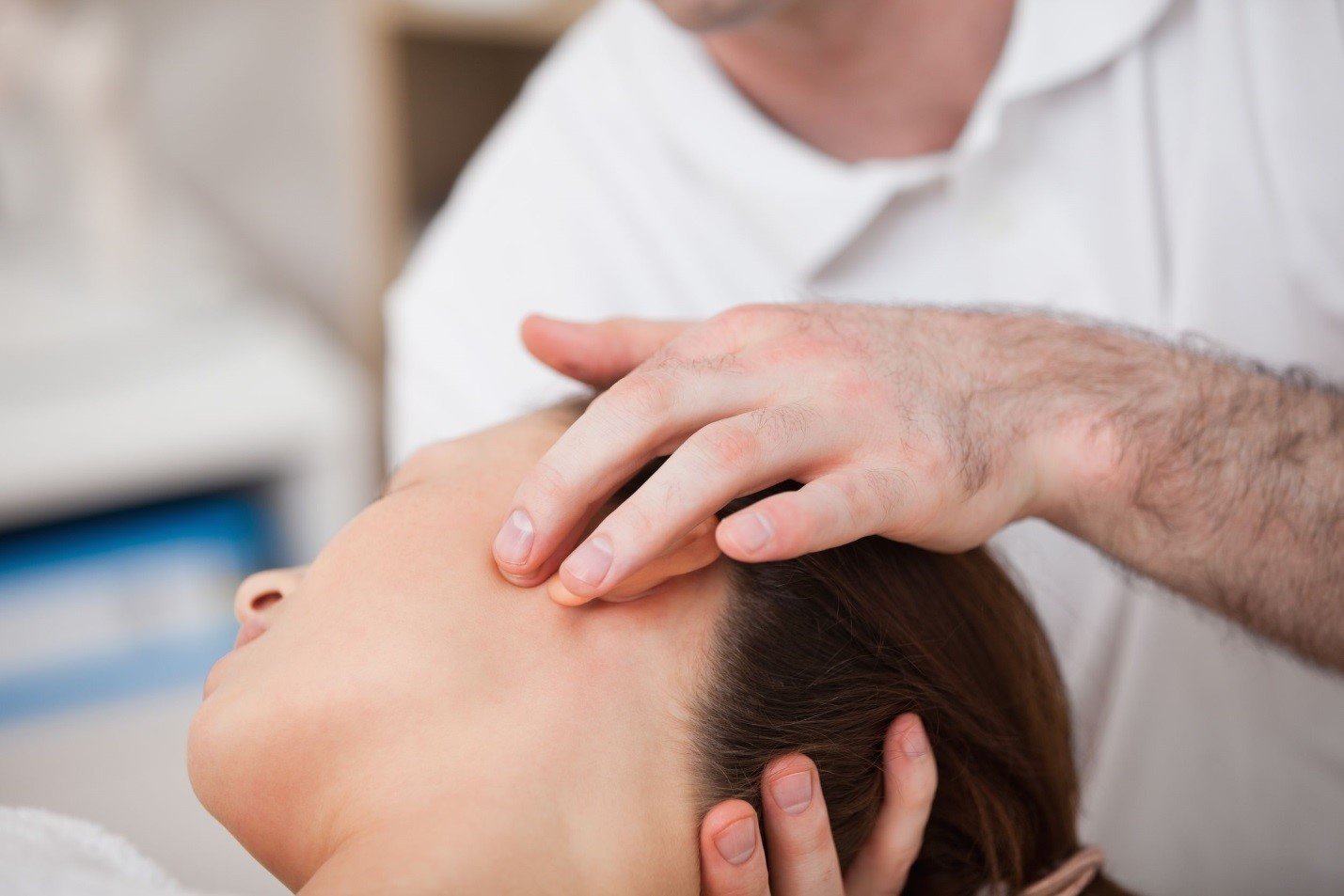CONDITIONS WE TREAT
While This List Is Extensive, It Is Not Exhaustive. If You Do Not See What You Are Looking For, Please Give Our Team A Call To Discuss Treatment.
BACK PAIN
BACK PAIN
Since back pain is the leading cause of disability worldwide, it is vital to know how to prevent the cause of back pain. By maintaining a healthy diet and weight, remaining active and avoiding prolonged inactivity or bed rest are all important ways to avoid back pain. Before doing exercises or any physical activity, it is recommended to warm up and/or stretch.
Since back pain is the leading cause of disability worldwide, it is vital to know how to prevent the cause of back pain. By maintaining a healthy diet and weight, remaining active and avoiding prolonged inactivity or bed rest are all important ways to avoid back pain. Before doing exercises or any physical activity, it is recommended to warm up and/or stretch.
CARPAL TUNNEL SYNDROME
DEGENERATIVE DISC DISEASE
Degenerative disc disease is when natural changes in the discs of your spine cause pain. The discs between vertebrae act as shock absorbers for your spine, and as you age, they begin to lose flexibility. While this is a normal part of aging, it should not cause pain. If you experience pain due to this, it is classified as degenerative disc disease.
Each disc is composed of a sturdy outer wall and a soft, gel-like inner core. When we are born, these discs are primarily composed of water, but as age advances, the discs lose some of this water content and begin to get thinner. As you might imagine, this means each disc doesn’t absorb the shocks of everyday life as well.
Nine out of ten Americans say that they suffer from headaches. Some of these people experience headaches frequently. Some experience constant headaches that are very painful. These can even make a person nauseous. Ninety-five percent of headaches are tension, migraine, or cluster headaches. These types of headaches are not caused from a disease, but from something in your body that is not sitting correctly.
HEADACHES & MIGRAINS
NECK PAIN
The neck, also called the cervical spine, begins at the base of the skull and contains seven small vertebrae. The cervical spine supports the full weight of your head which is on average about 12 pounds. While the cervical spine can move your head in nearly every direction, this flexibility makes the neck very susceptible to pain and injury.
Neuropathy is a medical condition caused by damaged nerve cells and often associated with autoimmune diseases, infections, diabetes, tumors, or hereditary conditions. Peripheral neuropathy currently affects over 20 million people in the United States with symptoms ranging from tingling or burning pain and nausea to muscle spasms, difficulty moving your arms or legs, or atrophy.
NEUROPATHY
SCIATICA
Sciatica is characterized by pain in the lower back that radiates down one or both legs. The pain is described as dull, achy, sharp, like “pins and needles” or similar to electric shocks. Other symptoms associated with sciatica include burning, numbness and tingling sensations. Sciatic nerve pain varies in intensity from mild to severe, and frequency may range from occasional to constant. The onset is generally gradual and not necessarily associated with a previous event. Sciatica is also known as radiating or referred pain, neuropathy, or neuralgia.
Many adults with scoliosis find non-drug, non-invasive chiropractic treatments can help reduce their pain by decreasing the pressure on their nervous system and strengthening their body's core.Through a combination of spinal adjustments and flexion distraction to “stretch out” thinned areas in your discs, a chiropractor can improve flexibility and range of motion while alleviating much of the pain.
And when you can move more freely and easily, it becomes easier to perform the exercises recommended by your orthopedic doctor to strengthen the muscles supporting your spine.
SCOLIOSIS
SHOULDER PAIN
Shoulder pain is a very common condition and affects almost half of the U.S. Most patients feel some sort of pain, limited range of motion, an inability to engage in activities of daily living (ADL) or something more serious as a permanent disability.
TMJ is an abbreviation for the temporomandibular joint which connects the mandibular, or your lower jaw, to the temporal bones of the skull. The TMJ is one of the more unique joints within your body as it allows you to move your jaw forward, backward, and side to side so that you can chew, talk, sing, yawn, and more. This joint can be found just in front of your ears on both sides of your head.
Any problem with the muscles, ligaments, discs, bones, or the joint itself are known as temporomandibular disorders or TMD and refers to the actual disorder, where the jaw joint is misaligned and causing problems such as pain, inflammation, and inability to move or operate the jaw. However, these problems or conditions are often incorrectly called by the joint name of TMJ instead.
TMJ
VERTIGO
Vertigo is a symptom, rather than a condition itself. It’s the feeling that you, or the environment around you, is moving or spinning.
This feeling may be barely noticeable, or it may be so severe that you find it difficult to keep your balance and do everyday tasks.
Vertigo can develop suddenly and last for a few seconds or much longer. If you have severe vertigo, your symptoms may be constant and last for several days, making daily life very difficult.
Symptoms of vertigo may include:
loss of balance – which can make it difficult to stand or walk
feeling sick or being sick
dizziness
While some of these descriptions are our own we owe credit and much thanks for to the team at Demoss Chiropractic.











